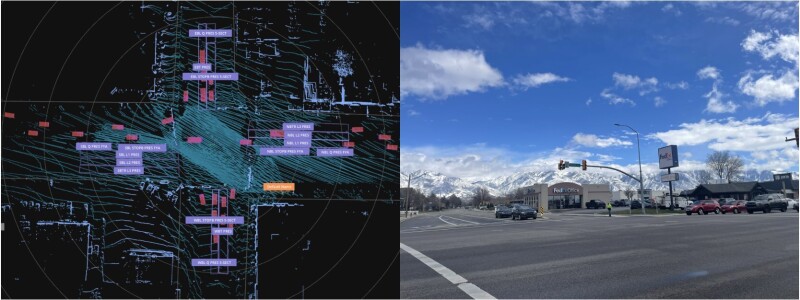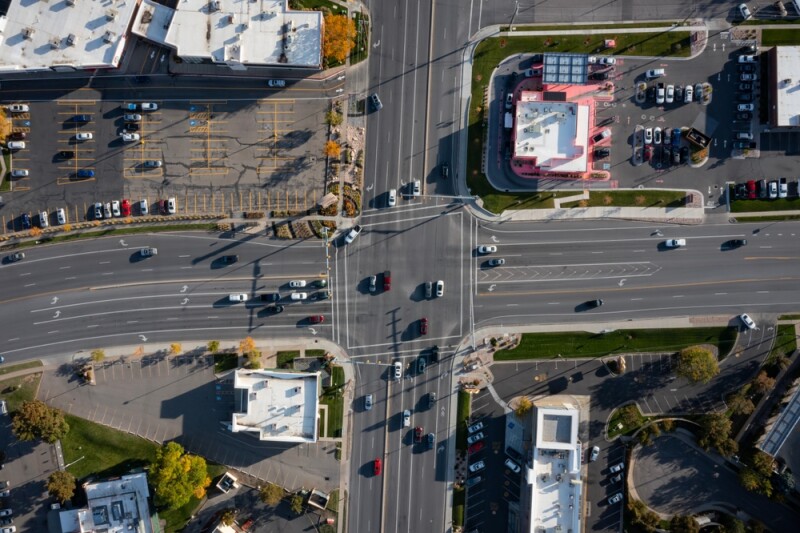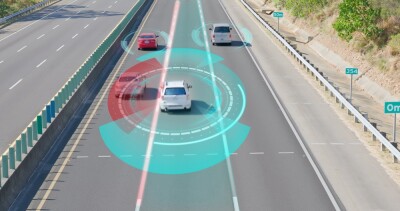About a decade ago, one of the most inescapable tech-related buzzwords was “smart city.” As cloud-based technologies were really starting to emerge, the promise of smart, interconnected systems that would transform urban life took over the public consciousness, sparking optimism for some and visions of a dystopian view for others. As it turns out, we weren’t quite as close as some may have pushed at the time, and some of these technologies are being called something else to move away from any negative connotation some may associate with the idea of a smart city.
Developing a truly connected “smart city,” while a worthy goal, is a complex process and those first pieces of development can often be overlooked. Generally, we think about the end result of a smart city, but building the pieces up is an arduous process involving a lot of moving parts. Still, we are making progress thanks to a few more recent technological advancements, including the increasing availability of 5G. Additionally, lidar sensors and corresponding software are becoming simple enough to set up and utilize that they can be used for certain use cases in urban planning.
One such example of this kind of use case can be seen with smart intersections. There are different types of smart intersections in use today, but recently it was announced that an innovative example is being used in Utah. In an announcement made last month, Seoul Robotics shared that they were part of a joint project to deploy a lidar-based smart intersection in Murray, Utah. The intersection, which is completely controlled by lidar sensors, is the company's first such intersection in the United States.
This is the kind of implementation that Seoul Robotics specializes in, creating lidar-agnostic systems that can be used for tracking objects and people in a highly accurate manner. In fact, this specific kind of intersection work is something they’ve been testing for a while even before implementing this system in Utah. The testing took place in Chattanooga, Tennessee, one of the US hubs for smart city technologies. Geo Week News spoke with Seoul Robotics’ then-Vice President of Business Development William Muller about this system last year, where he discussed how these systems work and why they are so beneficial.

In terms of this specific project in Utah, as noted above the actual installation at the intersection took place in March of this year, and since that time the system has been “operating flawlessly, demonstrating a significant leap in deployment efficiency and public convenience,” according to the announcement.
The smart intersection is powered by Seoul Robotics’ 3D Perception engine with lidar sensors at every corner of the intersection. The lidar data is then used to create a “digital twin” of the intersection, taking in real-time data to optimize traffic flow and reduce congestion. Along with tracking the vehicles in the intersection, the system also tracks what they refer to as “Vulnerable Road Users,” like pedestrians and cyclists. Overall, Seoul Robotics says that their system boasts a vehicle counting accuracy of 99.8 percent of vehicles at the stop bar.
These intersections are still very rare throughout the United States and most of the rest of the world, but it would be smart to expect more to come up in the coming years. People are constantly looking for ways to make their lives more efficient, and these kinds of lidar-based technologies are a way to do that on a larger scale. Given how automatic many of the processing workflows are becoming, the technical barriers to implementing these on a local level are significantly lower than even just a couple of years ago.
We could also look a little further into the future and think about what these kinds of systems will potentially do to unlock the potential of autonomous vehicles. Clearly, we’re still years away from AVs being a dominant presence on the road, and one of the biggest challenges in that space is making them work in urban areas. For the most part, these vehicles need their own maps to operate, and urban environments are far more complex, particularly in older places like some cities in Europe.
One way to work around that problem is have the intersections communicate with the AVs, and even “take control,” with the logic being that it’s easier to have those systems up-to-date with any changes to the map, and it would allow the vehicles to have their systems more focused on highways and rural areas. It’s a process that is significantly easier said than done, and assurances would have to be there that communication between intersection and vehicle would be seamless for public buy-in. In other words, we’re years away. However, these types of smart intersections being built now, based on lidar technology, have a chance to be the backbone of future transportation.
So far, the results are good. In a press statement, Seoul Robotics CEO Lee Han-bin said, “Since its installation, our LiDAR-based traffic management system has consistently demonstrated excellent detection and tracking of objects, ensuring reliable performance across all weather conditions. This technology not only meets but exceeds the demands of modern traffic systems.”







